#1867-1910
Explore tagged Tumblr posts
Text
Simeón Fedorov
Russian painter
1867-1910
River landscape at dusk
Óleo s/ Lienzo
24,5 x 18 cm.

#Simeón Fedorov#russian painter#1867-1910#River landscape at dusk#Óleo s/ Lienzo#245 x 18 cm.#original art#art#artist painter#art work#art style#ilustration painter#art colors#naturalist painter#nature colors#ooctoopussy#frank murdoff#xpuigc#xpuigc bloc
8 notes
·
View notes
Text

Valerius De Saedeleer (Belgian, 1867-1942), Un paysage neigeux, Tiegem [A snowy landscape, Tiegem], c.1910. Oil on canvas, 13 7⁄8 x 17 ¾ in.
1K notes
·
View notes
Text
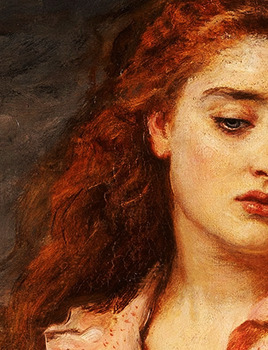
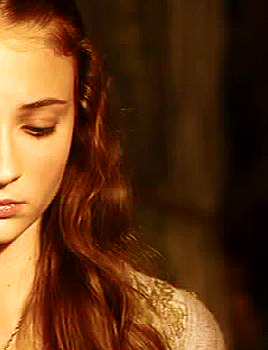


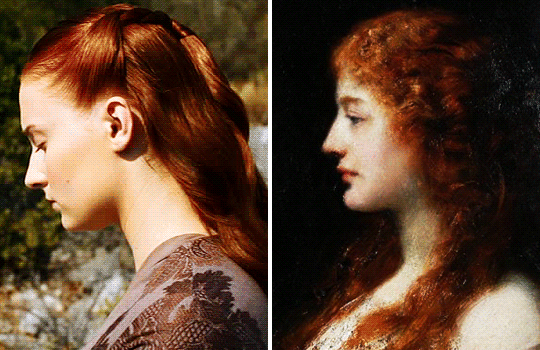


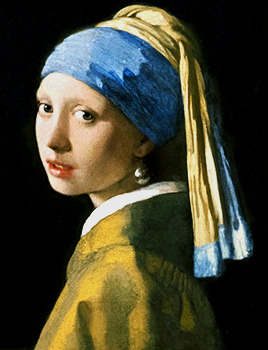
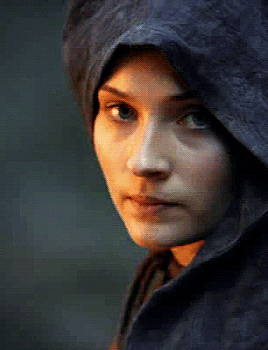


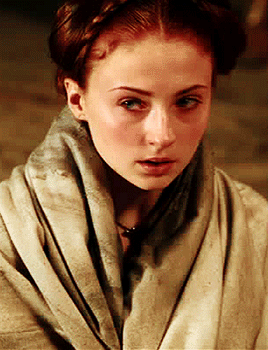
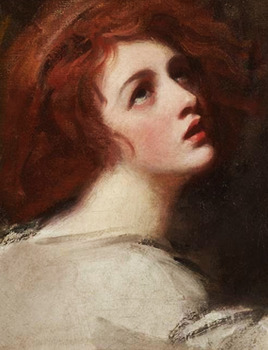


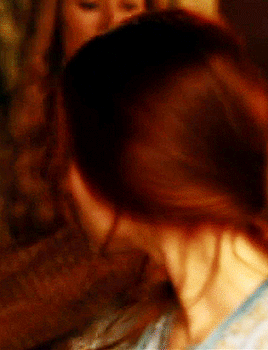
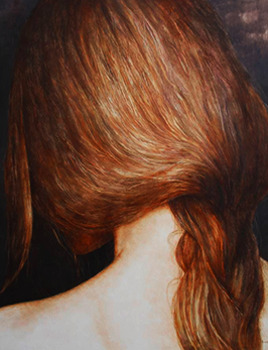
Sansa Stark┃the living painting
John Millais. The Martyr of the Solway. 1871. │ Gabriel von Max. Young woman with flowers in her hair. │ Sophie Gengembre Anderson. Portrait of a Young Girl. │ James Carroll Beckwith. The Embroiderer. │ Arthur Hughes. Juliet and her Nurse. 1867–1872. │ Thomas Benjamin Kennington. Contemplation. │ Alexandre Cabanel. Fallen Angel. 1847. │ Frederick Sandys. Helen of Troy. 1867. │ Ruth Sanderson. Arthur and Guinevere. │ Paul Delaroche. The Execution of Lady Jane Grey. 1833. │ Johannes Vermeer. Girl with a Pearl Earring. 1665. │ Stephen Phillips. Nancy Price as Calypso in Ulysses. 1902. │ P. J. Lynch. Eithlinn, Daughter of Balor. 2000. │ Charles Allen Winter. Portrait of a Woman. 1919. │ William Oxer. Amor Aeternus. 2022. │ George Romney. Emma Hart as Miranda. 1786. │ Bertalan Székely. Red Haired Girl. 1875. │ John Roddam Spencer Stanhope. Thoughts of the Past. 1859. │ Jean-Jacques Henner. Head Of A Young Girl In A Blue Dress. │ John William Waterhouse. Ophelia. 1910. │ Rudolf Kosow, Geheimnisvoll. │
#painting attributions are under the cut 💖✨#sansa stark#gameofthronesdaily#got#game of thrones#gotedit#gameofthronesedit#asoiafwomensource#sansasource#gotsansastark#sansastarkedit#sophie turner#my sets
2K notes
·
View notes
Photo
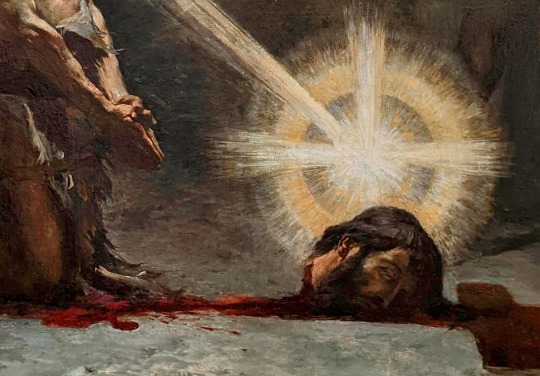

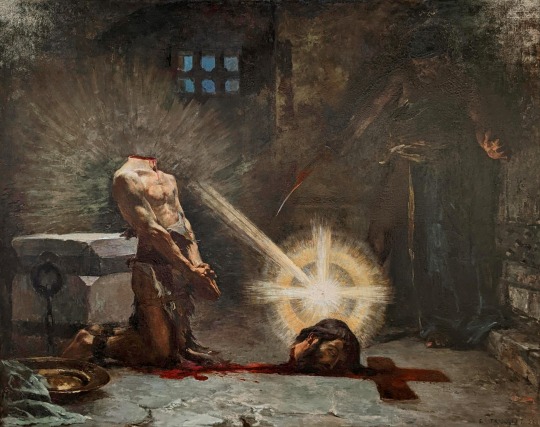
Le Précurseur, 1894. — Eugène Trigoulet (French, 1867-1910)
#eugene trigoulet#art#paintings#art details#classical art#oil painting#classic art#Eugène Trigoulet#saints#flesh#blood#light
9K notes
·
View notes
Photo

Pierre Bonnard (French, 1867 – 1947) Faïence Normande (Le Pot de Rouen), 1910 Oil on canvas, 88.5 x 91 cm
253 notes
·
View notes
Note
i just saw your post about modern vs historical hairstyles and hwo most historical women would've worn their hair up/covered - I was wondering if you have any favorite historical hairstyles you could share? I'm an artist and not very good at looking for historical style references XD anyway no worries if you're not feeling like it
Sure! I have some faves (whether I can actually do them myself is another matter- not very good at hairstyling, and my hair is too fine to do some of them without adding falls or something. so was a lot of their hair at the time, to be fair, but I don't have energy to fuss with false hair)
Note that these are images of white women/women with Euro-textured hair because that's what the fashion plates tended to depict, and those were most of the people with the money to have their portraits painted. Women of color with different hair textures living in the west (who had the wherewithal to keep up with trends) seem to have done their best to follow the same hair fashions as their white counterparts, until around the 1960s when you start to see the rise of distinct hairstyles based on one's own heritage
working-class women of any race also generally knew at least the basic shapes of popular hairstyles, unless they were VERY isolated. many adapted trendy styles to suit their needs- I've seen plenty of images of factory workers for example, that are perfectly easy to date based on bun placement, bangs vs. no bangs, where the hair volume is concentrated, etc.
but for peak This Was The Style Ideal...it's images of wealthy white women all the way down. unfortunately

1690s

1740s-50s

c. 1800, the "coiffure a la Titus" that was briefly fashionable alongside the more popular Long Hair Up With Ringlets Around The Face look

1867

Early 1870s. note that, while trailing styles were more common for women at this point than any other before or since in the 19th century, this is a bit more Down than most women's day looks would have been, for practicality reasons. Nevertheless, if someone wants an accurate style that's close-ish to the classic Half-Up Olde Timey Hair(TM), early 1870s could be a way to go!

Early 1910s
Hope those give you a starting point!
135 notes
·
View notes
Text

La maison Robie à Chicago achevée en 1910, par Frank Lloyd Wright (1867-1959).
72 notes
·
View notes
Text

Eva Watson-Schütze, (American, 1867-1935) (SYMBOLIST STUDY) artist's insignia in pencil in upper right of image recto "WS-32" and "19" inscribed in pencil on verso gelatin silver print 1015/16 x 14 in. (27.8 x 35.6 cm) circa 1910 PROVENANCE Private Collection, EUROPE.
40 notes
·
View notes
Photo
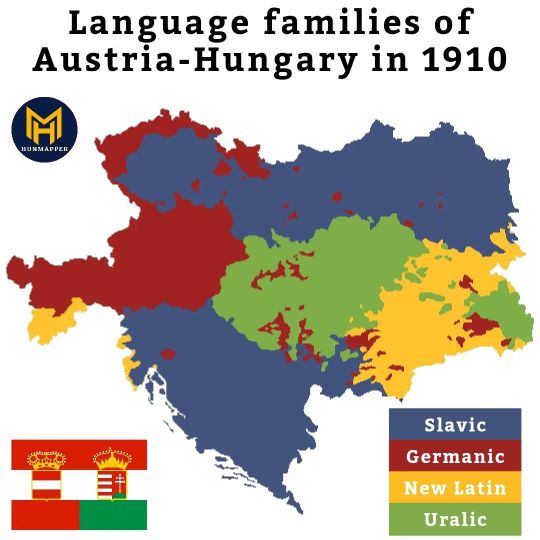
Language families of Austria-Hungary in 1910.
by hunmapper
Multinational Empire: Austria-Hungary was characterized by its diverse ethnic composition, encompassing a wide array of ethnic groups and languages. The empire included Germans, Hungarians, Czechs, Slovaks, Poles, Ruthenians, Romanians, Croats, Serbs, Slovenes, Italians, and others. Dual Monarchy: The Austro-Hungarian Empire was officially known as the Dual Monarchy because it consisted of two separate entities, the Austrian Empire and the Kingdom of Hungary, each with its own government and institutions. The two entities shared a monarch (Emperor Franz Joseph I from 1867 to 1916), who ruled both parts of the empire. Germans and Hungarians: The Germans and Hungarians were the two largest ethnic groups in Austria-Hungary. The Germans were predominant in the Austrian part of the empire, while the Hungarians were the majority in the Kingdom of Hungary. The dual structure reflected the compromise reached in 1867 to balance the power between these two major groups. Slavic Diversity: The Slavic population was significant and diverse within Austria-Hungary. This group included Czechs, Slovaks, Poles, Ruthenians (Ukrainians), Serbs, Croats, and Slovenes. The empire struggled to manage the national aspirations and demands for autonomy from these various Slavic groups. Nationalism Challenges: Nationalism was a major challenge for Austria-Hungary, as various ethnic groups sought greater autonomy and independence. The rise of nationalism contributed to tensions and conflicts within the empire, ultimately playing a role in its dissolution after World War I. Balkan Component: The empire extended into the Balkan region, incorporating territories with a mix of South Slavic, Romanian, and other ethnic groups. The Balkan component added another layer of complexity to the ethnic mosaic and contributed to the geopolitical challenges faced by the empire.
120 notes
·
View notes
Text
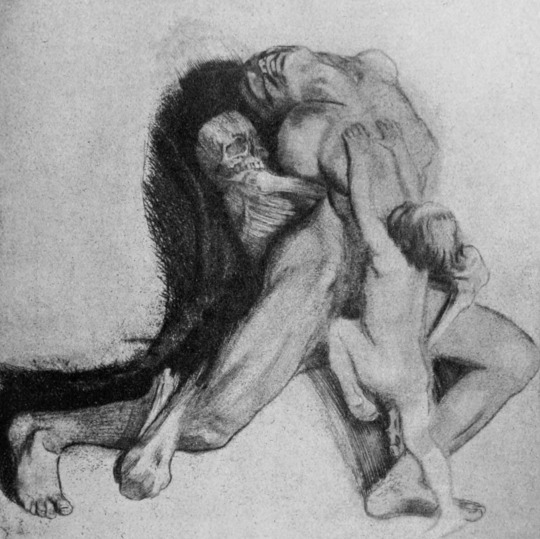
Käthe Kollwitz (1867-1945) - Tod und Frau (Death and Woman), 1910
#käthe kollwitz#tod und frau#death and woman#death#death in art#danse macabre#symbolist art#art#illustration
114 notes
·
View notes
Note
im currently writing a story where a character is in a wheelchair and can’t get jobs or help out with his family’s financial situation because its like the 1900s and theres no work for him to do. his brother on the other hand works a lot to be able to provide for them and has multiple jobs. is it okay if i write the brother in a wheelchair to be somewhat resentful of the fact he is unable to help out the way his brother does?
Hello asker,
1900s - since no specified decade i assume it's 1900-1910
In this time period, for a general idea so anyone reading gets a better sense of the period: the term eugenics was coined in 1883, and institutionalization as a big thing has started recently. In the US specifically, Indiana passed the first eugenic sterilization law in 1907 (source). 'Ugly Laws' have been established for a couple of decades (starting in 1867 in California). In the Philippines, under US control, a similar law was passed in manila city in 1902. These 'ugly laws' were meant to restrict disabled people, specifically physically and visibly disabled people, from just being with the general population.
So, realistically, there are reasons the brother would probably feel somewhat resentful of his situation, sure.
However: especially if you are not disabled, you have to be extra careful to write this. You have to make sure you don't make all of his feelings boil down to resentment of his disability, because this ends up being the whole motivation to a lot of disabled characters in media.
Sure, this feeling is part of a lot of disabled people's lives; likely even more so when a social safety net is very reduced and there's even more laws restricting you for no reason other than their disability.
But just because this feeling can often exist doesn't mean it's the only one.
If you write this character having this feeling, I think you should also take care to write the character having positive feelings about himself and about his brother and their relationship. Taking care to show that your character has this relationship that he values will go a long way to help round him out and not just be a "angry at being disabled" trope. Which we certainly have had more than enough of.
Yes, the 1900s were a particularly terrible time to be disabled. This doesn't mean that the misery is the only thing that existed for everyone.
Hope this helps,
– mod sparrow
50 notes
·
View notes
Text

Pierre Bonnard (1867-1947, French) ~ Cherries, 1910
[Source: nga.gov]
88 notes
·
View notes
Text

Valerius De Saedeleer (Belgian, 1867-1941), The Orchard at Nightfall, c.1910-12. Oil on canvas, 37.2 x 50.2 cm.
135 notes
·
View notes
Text
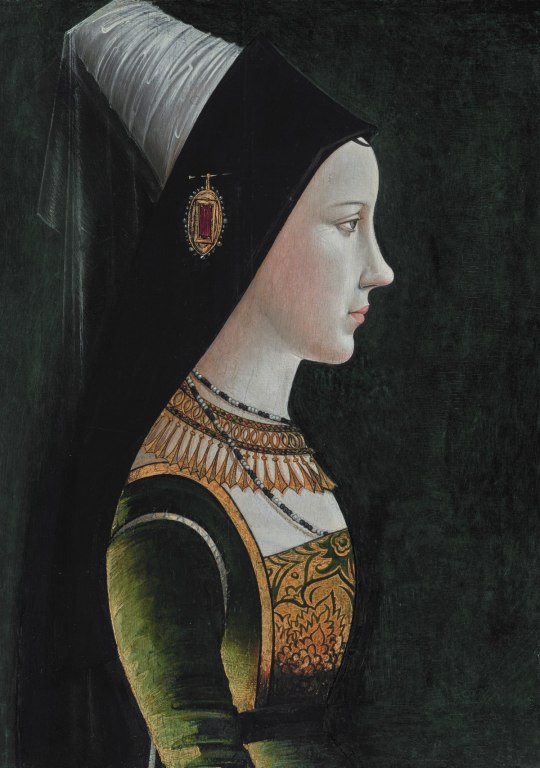


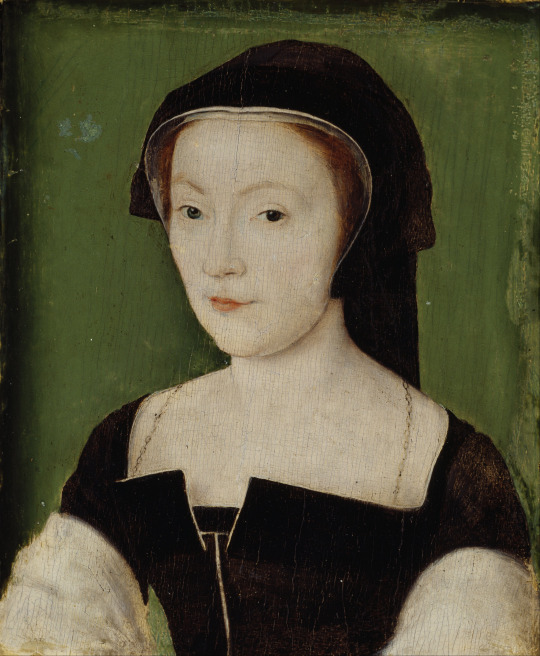
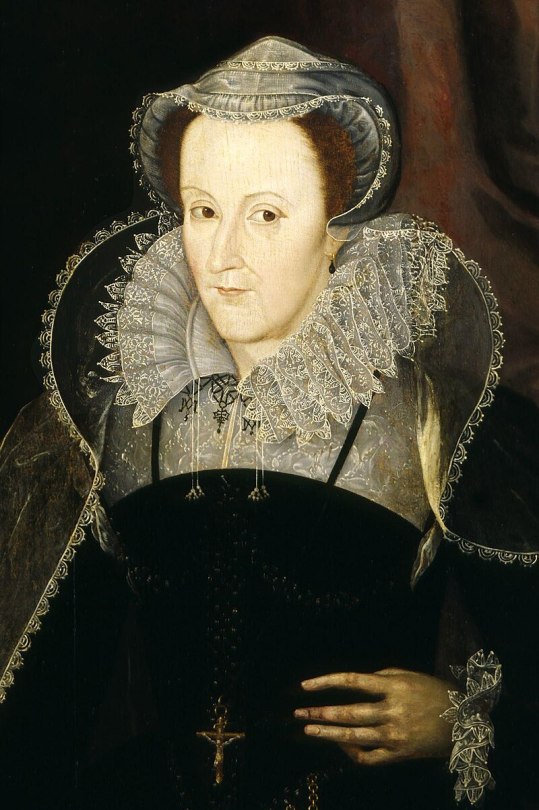
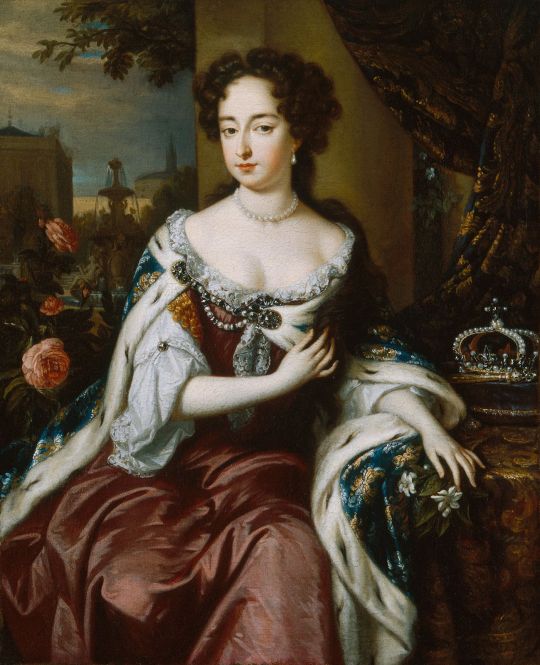
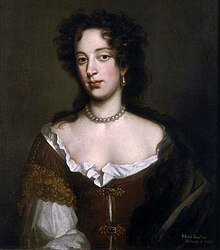

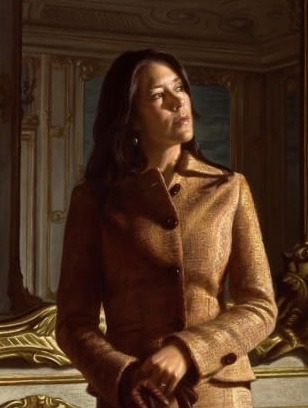
9 Royal Mary’s of history - Reigning and Consorting: -> 1. Mary of Burgundy: Consort of Maximilian I, Holy Roman Emperor (1457–1482). -> 2. Mary of Hungary (Mary of Habsburg): Queen consort of Louis II of Hungary and Bohemia (1505–1558). -> 3. Mary I of England: Reigned 1553–1558 (1516–1558). -> 4. Mary of Guise: Queen consort of James V of Scotland, regent for Mary, Queen of Scots (1515–1560). -> 5. Mary, Queen of Scots: Reigned 1542–1567 (1542–1587). -> 6. Mary II of England: Reigned 1689–1694 (1662–1694). -> 7. Mary of Modena: Queen consort of James II of England, regent for James Francis Edward Stuart (1658–1718). -> 8. Mary of Teck (Queen Mary): Consort of George V of UK, reigned 1910–1936 (1867–1953). -> 9. Mary Elizabeth Donaldson (Queen Mary): current Queen consort of Frederick X of Denmark since 14th January 2024 (1972-).
#ktd#Royal history#european history#Mary I#mary ii#mary queen of scots#queen mary#Mary of teck#Mary of Modena#Mary of guise#Mary of burgundy#Mary of Hungary#European royalty#royal#royalty#brf#british royal family#british royalty#british royal fandom#Art#art history#Denmark
73 notes
·
View notes
Text
Georgette Agutte (1867-1922)
The naked Japanese woman 1910

85 notes
·
View notes
Text

Eva Watson-Schütze (1867-1935) – Portrait of Girl among Flowers, ca. 1910
31 notes
·
View notes